With no races on the horizon for the foreseeable future, now is the perfect time for endurance athletes to work on becoming fat adapted.
Here’s how you can use the lockdown to help your body shift from its reliance on carbs to create a fat-fuelled endurance machine.
The need to adapt
The problem for most athletes is that our over-consumption of carbohydrates has blunted our bodies’ ability to efficiently tap into our abundant fat stores, which for most of us is our most readily available and transportable source of energy.
As glucose is the easiest form of energy to burn, our bodies will rely on this energy pathway whenever possible
While this is a high-octane fuel source for intense exercise, by constantly dumping glucose into our bloodstream we enable this physiological ‘laziness’.
Force a change
The aim of metabolic adaptation is to force our muscle cells to ‘re-learn’ how to oxidise fat effectively to become more “metabolically efficient”. Without this ability, when the glucose is gone we’ll hit the wall.
A fat-adapted athlete will be able to rely more on fat for energy during exercise, sparing glycogen for when it’s needed most and will be most effective, like during the final kick to the finish to bag that PB!
Train low in a low-carb state
To achieve this state, more endurance athletes are following a diet protocol that advocates training in a low-carb state most of the time and racing fuelled on higher carb intakes.
By improving the efficiency of your fat metabolism pathways, your body will burn fat, more of the time.
This delivers a double whammy for performance because you’ll not only spare stored glycogen – a rare and precious commodity when you’re out racing for two or more hours – but one gram of fat also delivers more energy than a gram of carbohydrate (9 calories vs. 4).
Unlocking that fat-fuelled potential
It’s a two-step process to become fully fat adapted. Firstly, your body needs to switch from its primary reliance on glucose for fuel.
Step 1: This is done by going on progressively longer training sessions in a fasted or, at the very least, a glycogen-depleted or low-carb state.
Step 2: Once you’ve adapted to running, riding or swimming longer distances at lower intensities on fat-derived energy, you can then start to work on increasing the threshold at which your body oxidises stored fat for energy. This will allow you to fuel higher intensity sessions or greater workloads in race or training situations on fat.
This is where fat adaption delivers real value for serious athletes, as they can then use their most effective form of available energy – glycogen – for the really tough sections of a race or training session when they need it most.




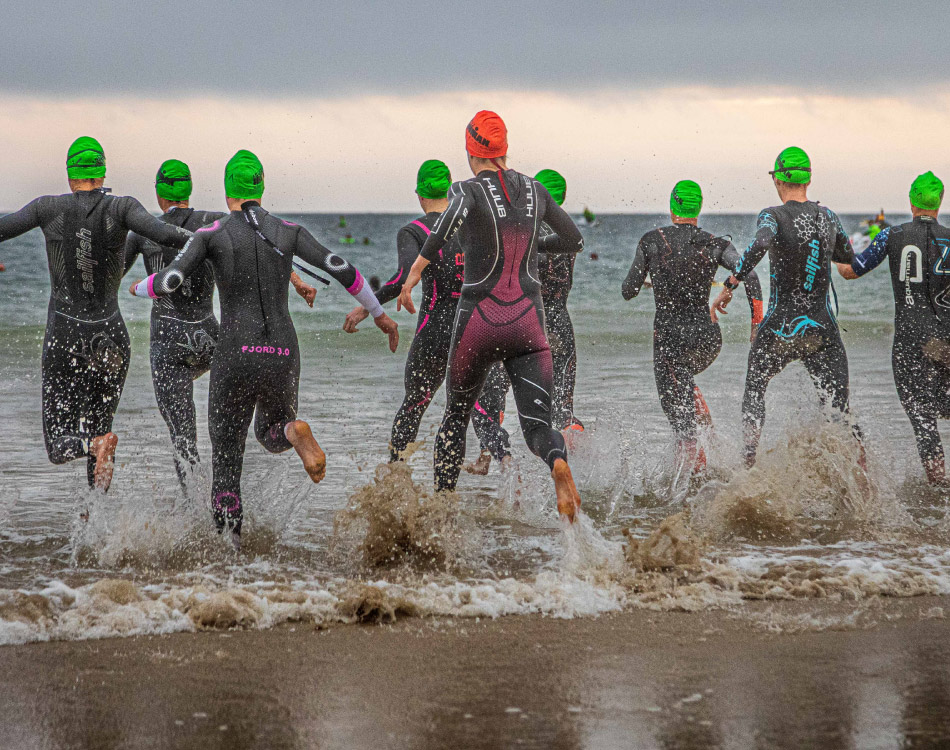

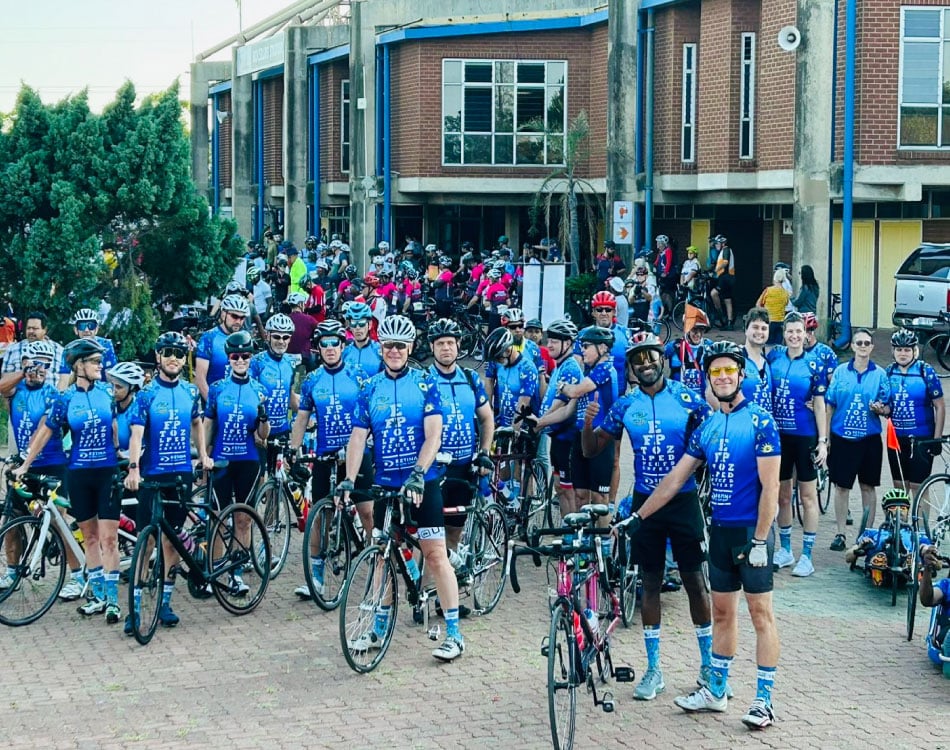



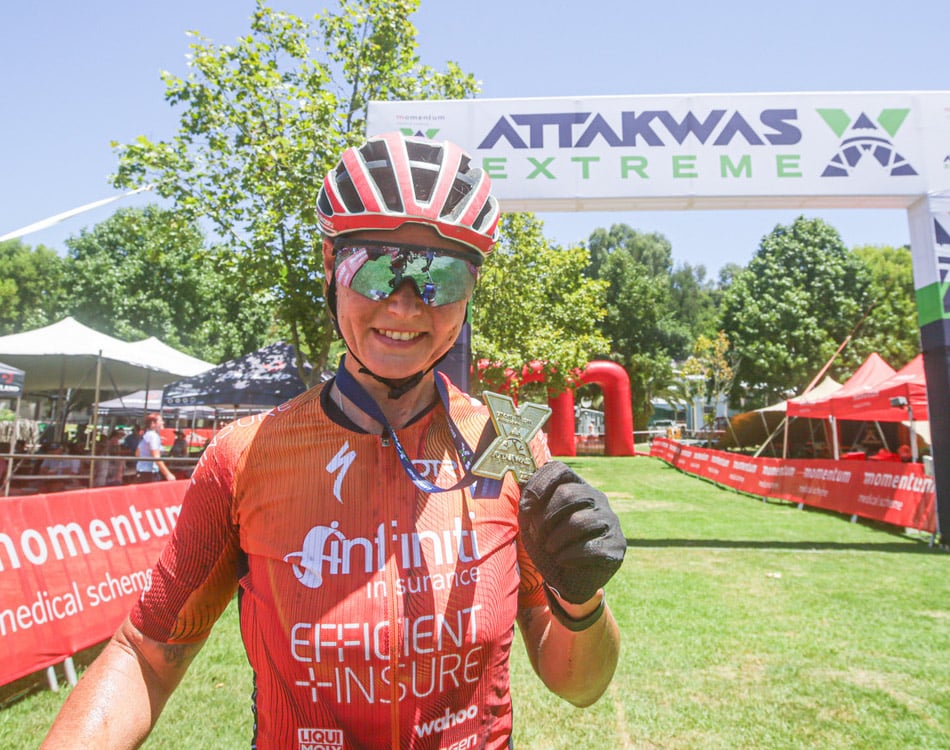
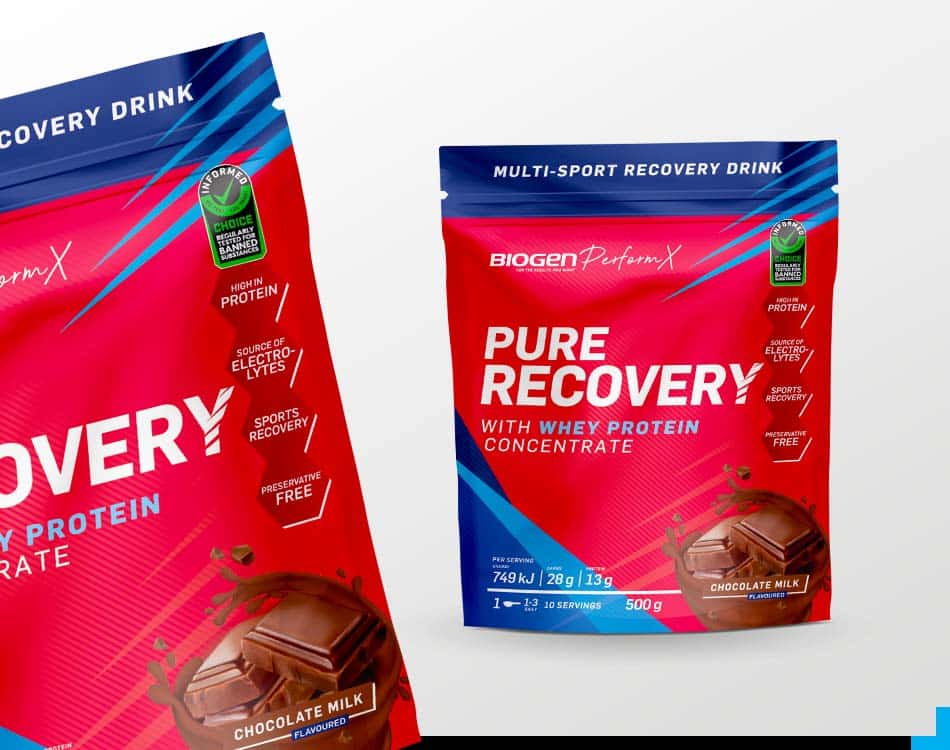
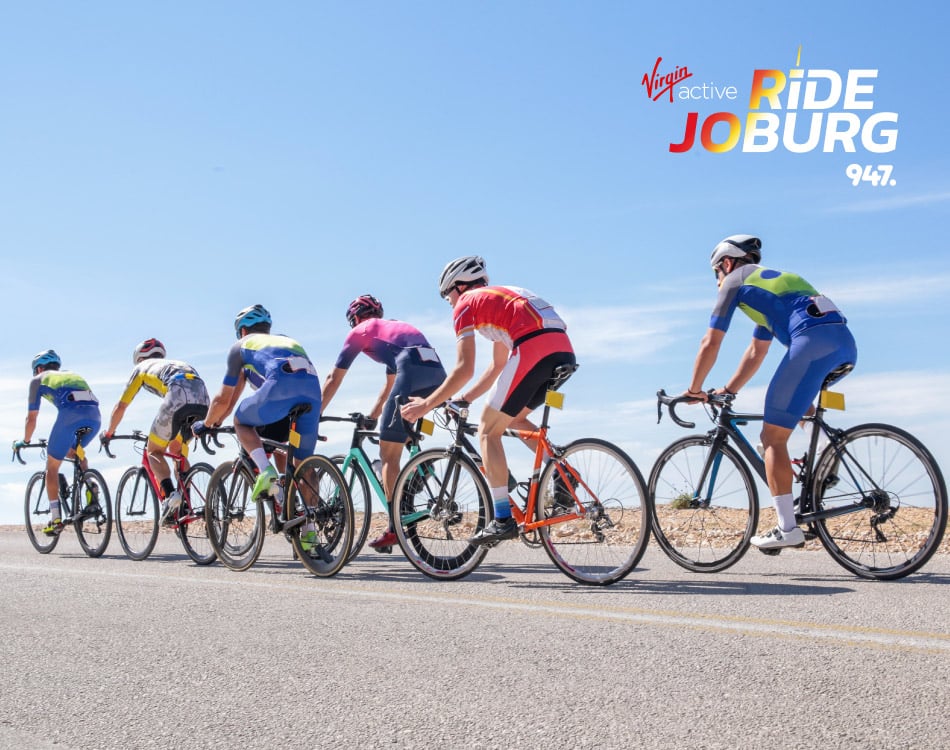
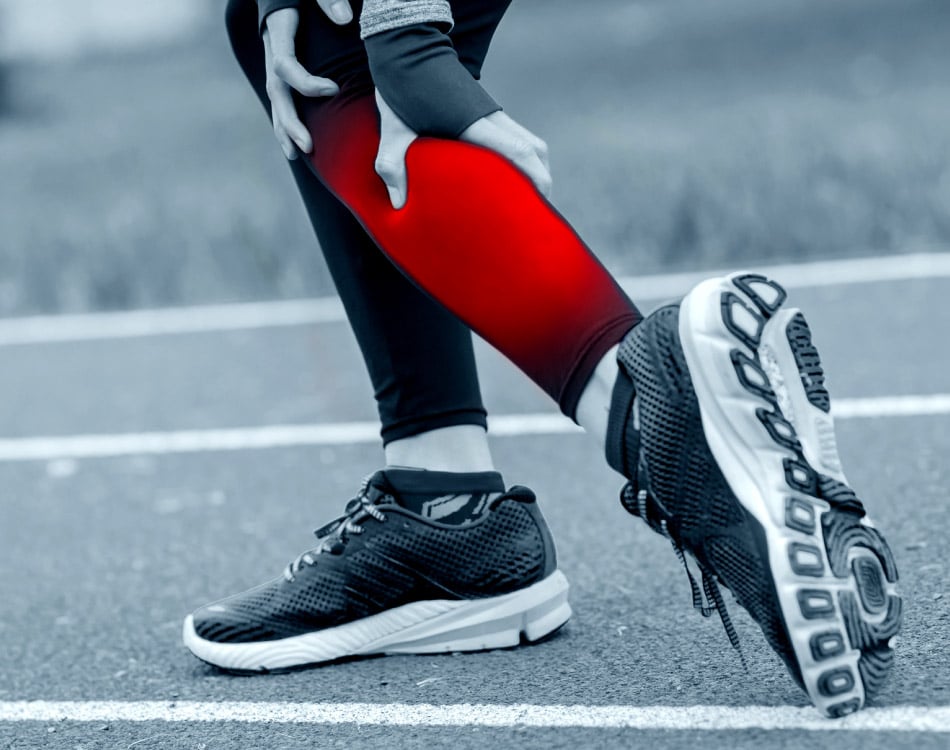



Leave A Comment